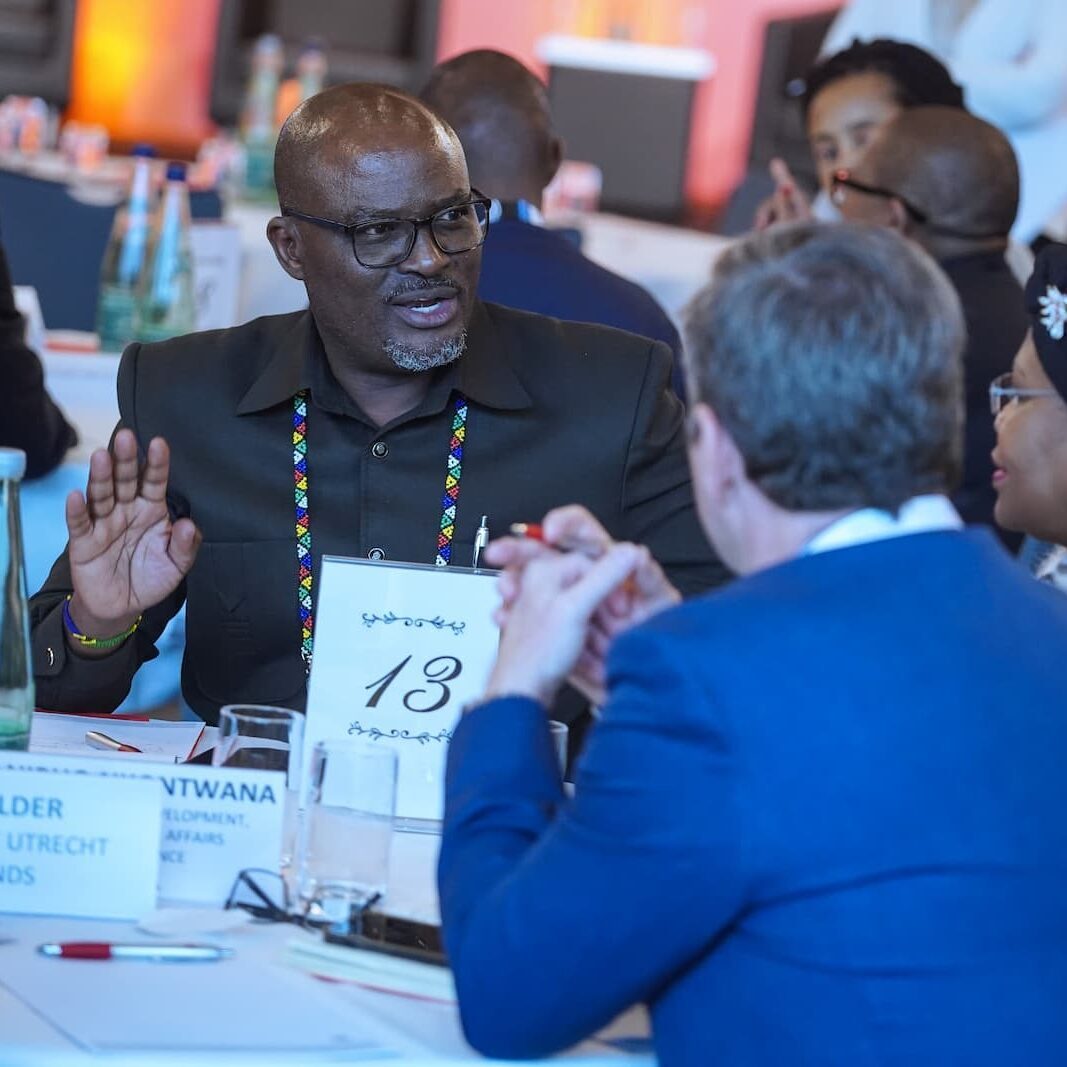NLP tips for networking: how to build rapport, communicate clearly and influence others in the events industry
Conversations are the essence of building long-lasting business relationships. But how do you make those first impressions count and ensure they don’t fizzle out?
Here are a few NLP (neurolinguistic programming) based ideas to for you to use:
Before the event:
Investigate
Do your research before attending any networking event. Find out who’s attending the event and what they do. LinkedIn or Twitter can give you a quick overview of who they are. Keep an eye out for interests or associations and groups that you both have in common.
Make a list of those industry professionals of who you’d like to meet and reach out to them beforehand. Start with a polite message introducing yourself and make plans to connect face-to-face.
During the event:
Tell don’t sell
When you meet in person you need to start building rapport. Refrain from launching in to a sales pitch, instead use the information you gathered during your investigation to talk about a common interest, group or person.
Only once you have established a connection, gently introduce a business angle into the conversation. Still be aware that you shouldn’t force your product or service into the conversation.

Mirroring
First impressions count. When meeting someone for the first time, they will use your body language, choice of words and conversation topics to form an opinion of you.
Mirroring is a rapport building technique where you match the external behavior of the person you’re conversing with. It’s a great way to build an understanding and connection with someone you’ve just met.
There are many different ways to mirror someone. However, choose wisely to not be obvious or appear rude to the other person.
- Whole body matching - Adjust your body to mimic the other person’s posture.
- Body part matching - Pacing any consistent body movements (eye blinks).
- Vocal qualities - Match shifts in tonality, tempo, volume and intonation patterns.
- Gestures – Match gestures in a respectful and tasteful manner.
- Repetitive phrasing – Listen to words or phrases they use and intertwine them in to your conversation.
For example, if someone crosses their arms, you cross yours. Or they start telling a story with a distinctive flow of tonality, you respond in the same way.
Only use it when you feel comfortable. It should look natural and seamlessly integrated with your normal body movements.
Final thoughts
Remember, be yourself, arrive prepared and be confident.




